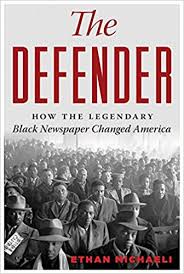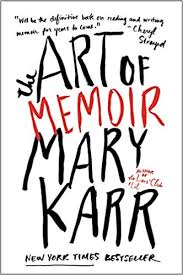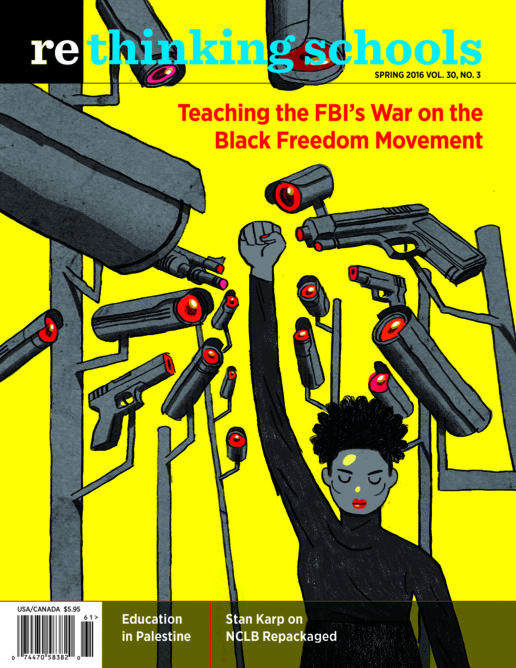Memories

By Ethan Michaeli
(Houghton Mifflin Harcourt, 2016)
Ethan Michaeli’s The Defender is a beautifully written, passionate account of the history and influence of the Chicago-based African American weekly newspaper the Defender. The first issue was published in May 1905 with a run of 300 copies, and it is still publishing and influencing political events in Black America today.
The founding editor, Robert Abbott, said that a central purpose of the paper was to “expose the atrocities of the Southern system and make demands for justice” and to be a “defender of [the] race.” Most of his early subscribers came from the Black community in the South Side of Chicago, but the paper managed to create a large network of readers in the Jim Crow South, and became essential to thousands of people who participated in the Great Migration to the North.
For years I’ve wondered about the routes of communication within the African American community, outside of the white-controlled media, and a number of answers are provided in this book. It seems that copies of the Defender were bundled up in Chicago and given to members of the Brotherhood of Sleeping Car Porters. That was A. Philip Randolph’s union, which was almost all African American and involved in the long battle for civil rights. The trains on which the porters worked carried the newspapers south, where they were given to local Black leaders, who spread them throughout their communities. Through the Defender, the North got information about the atrocities in the South, and the South heard news from up North.
This is just one of the dozens of illuminating stories in this special book, which I believe should be part of every U.S. history curriculum.
Now that I’m 78, I have decided to write a memoir. It has been quite a trip, reconstructing my Bronx of the 1930s, ’40s, and ’50s. I am currently at the point of graduating from college again.
When I taught kindergarten, I asked my students to tape their memoirs of growing up, and I printed them out as Memoirs of Kindergarteners. Memoirs can be written at any age and then rewritten, as long as we stay alive to our experience. In my life, teaching and writing, and being an activist, father, son, and husband have intersected and spiraled about each other like a strand of DNA. It is my current challenge to make sense of the person who developed in the process.
To prepare, I gathered all the bits and scraps of my life that I had saved and never organized. Along the way, I have rediscovered parts of myself I had forgotten. I also read other people’s memoirs. The best source for this was the list provided in Mary Karr’s delightful and useful book The Art of Memoir. Her list is six pages long and includes more than 200 memoirs. Karr also provides wonderful writing exercises, useful but modest suggestions, and reassuring advice.

By Mary Karr
(Harper, 2015)

